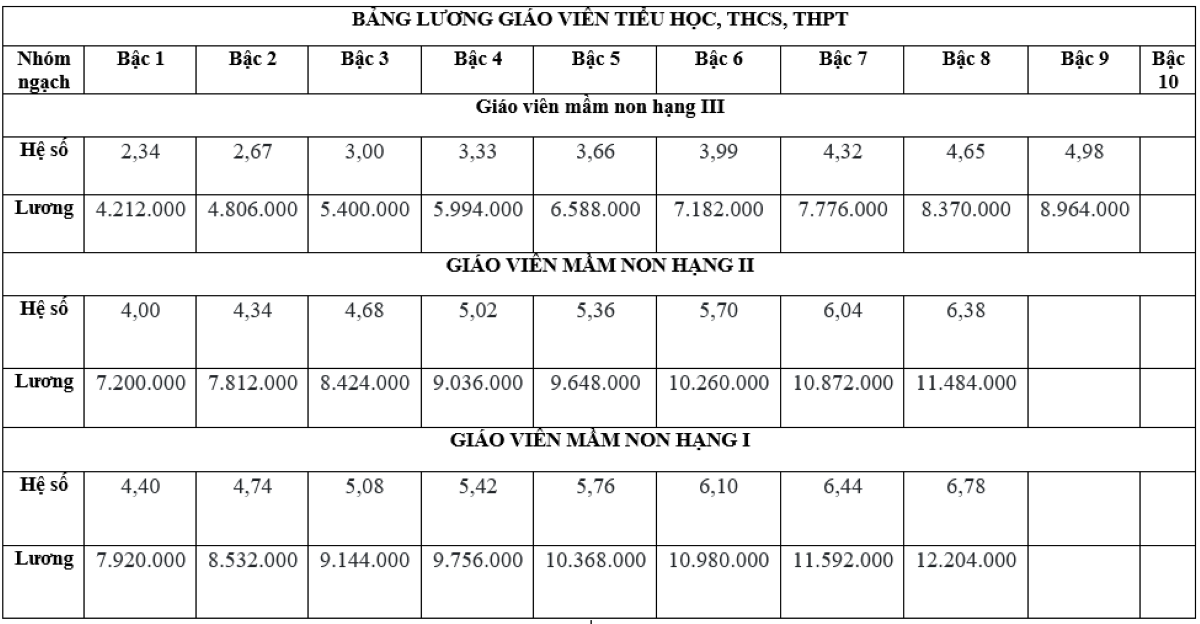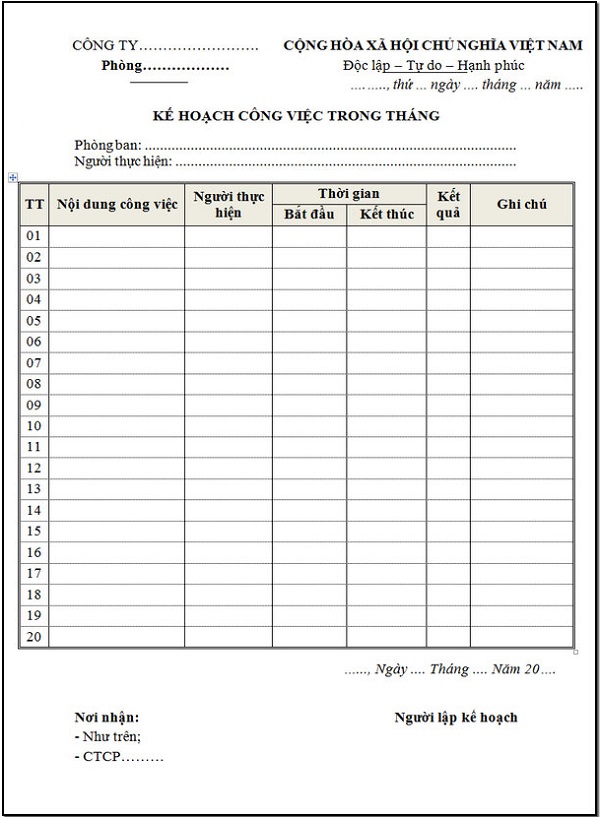19 Business Analyst (BA) Resume Samples for 2024
My favorite part of being a business analyst was that no two days were the same. One day I might be deep in the weeds of complex SQL queries and the next I’d be talking to customers to understand how they used our products.
This wide scope of responsibilities made the job exciting and challenging. No two business analysts have the same job so it can be really hard to know what to put on your resume to appease hiring managers at different companies.
I’ve hired business analysts, I’ve applied to jobs as a business analyst, and I’ve reviewed thousands of business analyst resumes at this point in my career. Fundamentally, you have to make the case that you’re capable of having a meaningful impact on the business you’re applying to.
This holds true whether you’re an entry-level business analyst looking for your first full-time role or you’re a senior business analyst looking for a promotion to management. Make your case that you’ll have a meaningful, positive impact in the role you’re applying for.
In short, here are the ways to make sure you accomplish that:
- You need to include the right skills on your resume to get past the automated keyword filters that companies use. Then you need to convince the hiring manager that you deserve an interview.
- Follow the basic rules of resume formatting. Keep it to one page, don’t get too fancy with your resume design, and don’t have any spelling or grammar errors.
- With your work experience and projects convince the hiring manager you can have a positive impact on their business by quantifying the impact of your past work.
Compared to other tech roles, the scope of hard skills that business analysts need to have are relatively consistent across companies.
While the kind of analysis that a business analyst does from role to role varies drastically, the underlying tenets of the role remain the same. A business data analyst takes in data and leverages their insights to improve business processes or operations.
Whether that happens through forecasting, pricing, reporting, or statistical analysis, the toolbox that a successful BA needs to have is well defined.
First, you need to be able to prep data for analysis. More often than not, companies store their data in relational databases. So this means you need to know SQL to pull and clean that data.
If the quantity of data that a company has is significantly smaller, you might get all the data you need to analyze right in (usually very sloppy) Excel workbooks.
After the data is prepped you need to do your analysis. That can come in the form of interactive models (in which case you’ll likely be using Excel) or you might need to do a more sophisticated analysis in Python or R.
Finally, you need a way to present your findings. Again, sometimes this can just be visualizations in Excel (Excel is the true business analyst MVP), sometimes it can be through data visualization in a BI tool like Tableau or Looker, and sometimes it might be through a presentation in PowerPoint.
Skills to include on your business analyst resume
Notice a theme here? Only include hard skills in your skills section. Think of it this way: if you were reviewing a resume and someone listed they were a “team player” in their skills section, would that tell you anything about their qualifications?
No, it wouldn’t. Soft skills are best demonstrated in an interview. Listing them on a resume just doesn’t add any value.
The other thing you have to consider is that there are two stages of resume review:
When companies use keyword filters, they only ever screen for hard skills. So soft skills won’t help you get past phase 1. And like I said before, just listing soft skills on your resume won’t convince the hiring manager you actually possess those skills.
How can you balance your skills section to satisfy both the ATS and the hiring manager? First, don’t include a long laundry list of skills. This is a big red flag to the hiring manager even if it will help you get past the ATS.
For example, there is no reason you would include Python, R, Matlab, and SAS on your resume. When it comes to your skills section you want to avoid coming across as a jack of all trades and a master of none.
It’s much better to demonstrate expertise in a handful of skills than a passing understanding of 15-20 skills.
When you’re debating whether or not you should include a given skill on your resume just ask yourself if you’d be comfortable being asked questions about that skill in an interview.
Lying on your resume is one of the only guaranteed ways to make sure you’ll never be able to get a job at a company at some point in the future. For me, I also wouldn’t be able to handle the anxiety of potentially being exposed for a resume lie in an interview. It’s not worth it!
Formatting your resume properly may matter more than you think. For any given BA role a hiring manager reviews 100+ resumes. To that end, they’re looking for a reason to say “no” to any given application they review.
Formatting your resume incorrectly is a quick way to get placed into the “no” pile. Your goal with formatting your business analyst resume is to make the job of the hiring manager as easy as possible.
Put yourself in their shoes. Given the same exact experience for two candidates would you be more likely to approve the resume that extends to 5 pages or the resume that concisely makes the case for their qualifications?
Since your goal is to keep your resume to one page, every inch of real estate is valuable. If you’re a senior business analyst this means you need to keep your education small to allow for more room to talk about your work experience.
Conversely, as an entry-level business analyst, you need to make the case that you’re qualified to be a BA without much (or any) work experience. To do that, you should include relevant math/statistics/economics/programming classes you took in school.
Spoiler alert, most (90%+) of business analyst job applicants don’t need a resume objective or resume summary.
Why? The overwhelming majority of them are too long, too generic, or don’t provide any new information about a candidate’s qualifications for the BA role they’re applying for. Because of this, a lot of hiring managers have been conditioned to ignore this section (especially when it’s too long).
If you’re going to include a resume objective, make sure it actually adds value to your resume. Here are some ways you can do that:
To clarify this point here are some samples of good and bad business analyst resume objectives and summaries.
If you’re looking for more inspiration we’ve compiled over 100 resume objective examples you can use.
WRONG – meaningless buzzword bingo
Looking to leverage my analytical skillset to turn messy data into actionable insights for a mission-driven company
WRONG – way too long
Business analyst with 7+ years of making meaningful impacts with my analyses. Comfortable working cross-functionally with teams ranging from product to engineering to leadership. Experienced with turning vague product requests into business requirements that are implemented in a streamlined manner. To date, in my career, I’ve driven $3.7M of value through my analyses and recommendations.
RIGHT – demonstrating a specific interest in the company
As a former small business owner, I’m excited about the prospect of leveraging my experience leading data-driven product recommendations to further Stripe’s mission of making payments accessible to businesses of all sizes.
The goal of a business analyst is to leverage data to make recommendations that have a demonstrable impact on a business or product. More than anything you need to make it clear on your resume that you have this capability.
How can you do that? By showing that you’ve done it in the past! You need to estimate the impact of the projects you’ve worked on.
One of the toughest challenges of being a business analyst is trying to quantify the seemingly unquantifiable. How can you estimate the potential revenue impact of a feature that hasn’t been launched? How can you estimate the impact of a pricing change on customer churn?
These are challenges that business analysts have to deal with in their day-to-day. By estimating the quantitative impact of your past work you’re clearly demonstrating you have a knack for logical, numerical reasoning that is essential to succeed as a business analyst.
The impact of your projects doesn’t just have to be stated in terms of revenue impact. Here are some other ways you can go about it.
When it comes to demonstrating the impact of your work it’s important you focus on the most important metrics relevant for a given project. Being able to determine the success vs failure criteria of an experiment is pivotal to being a good business analyst.
Just to hammer the point home one last time I want you to compare these two work experiences. Now, this is the same business analyst talking about their experience in a certain role in two different ways.
Which do you think is more effective in convincing the hiring manager they’re a highly qualified business analyst?
WRONG – vague description of work experience
Insurance CompanyAugust 2014 – August 2016, Washington DCBusiness Analyst
- Identified procedural areas of improvement through customer data to help improve the profitability of a nationwide retention program
- Using Python, SQL, and Excel developed and owned the reporting for a nationwide retention program
RIGHT – specific projects with demonstrable impact
Insurance CompanyAugust 2014 – August 2016, Washington DCBusiness Analyst
- Identified procedural areas of improvement through customer data using SQL to help improve the profitability of a nationwide retention program by 7%
- Using Python, SQL, and Excel developed and owned the reporting for a nationwide retention program, saving ~100 hours of labor each month
If you’re an entry-level business analyst, I know what you’re thinking: “Stephen, this whole section is focused on work experience but what if I don’t have work experience as a business analyst?” (P.S. I don’t actually know what you’re thinking, I just needed a decent segue)
The beauty of being a business analyst is that you don’t need work experience to demonstrate the skills needed to succeed in a full-time role!
Fundamentally a business analyst needs to ask a question, gather data to answer that question, and analyze the data to provide a convincing answer to that question.
You can do that on your own! Talking about a project you worked on to scratch your own itch demonstrates to a hiring manager that you have the desire and skills to succeed as a business analyst.
Get creative! Have you had a question you’ve long wondered about? Think of some data you can gather and do a write-up about your findings.
To get your creative juices flowing here are some questions I’ve thought a lot about and how I might go about answering them.
No matter if you’re a senior business analyst or an entry business analyst looking for your first role, the north star of your resume should be to demonstrate to the hiring manager you’ll have a meaningful impact on their business!
It took me 66 applications before I landed my first business analyst role in 2010. I know looking for a new job is generally miserable, so try to keep your head high.
You got this! I’m rooting for you. If there is anything I can do to help you land your next business analyst role, please don’t hesitate to reach out.













